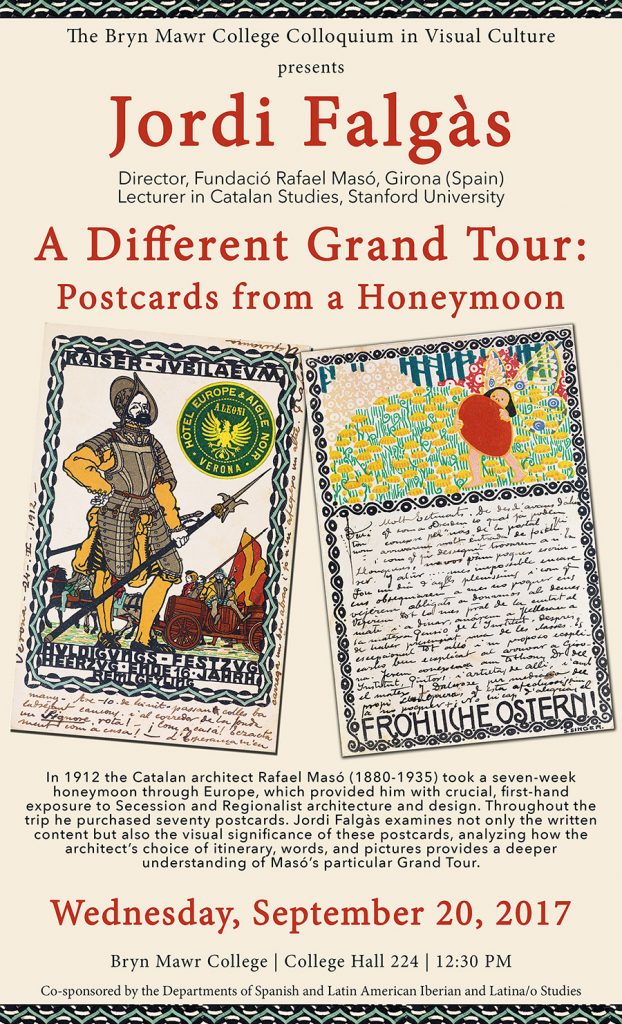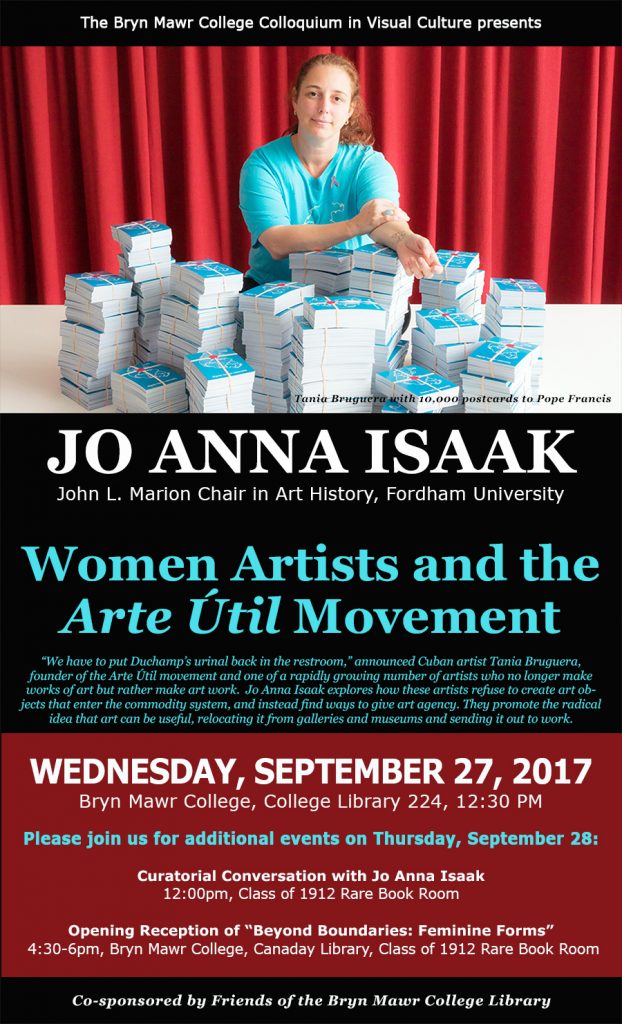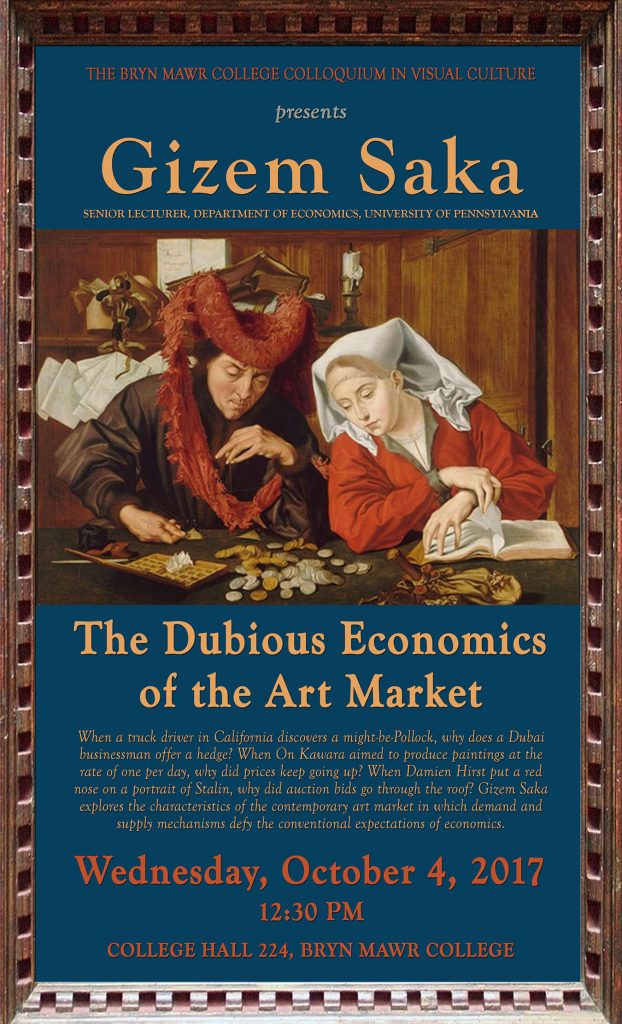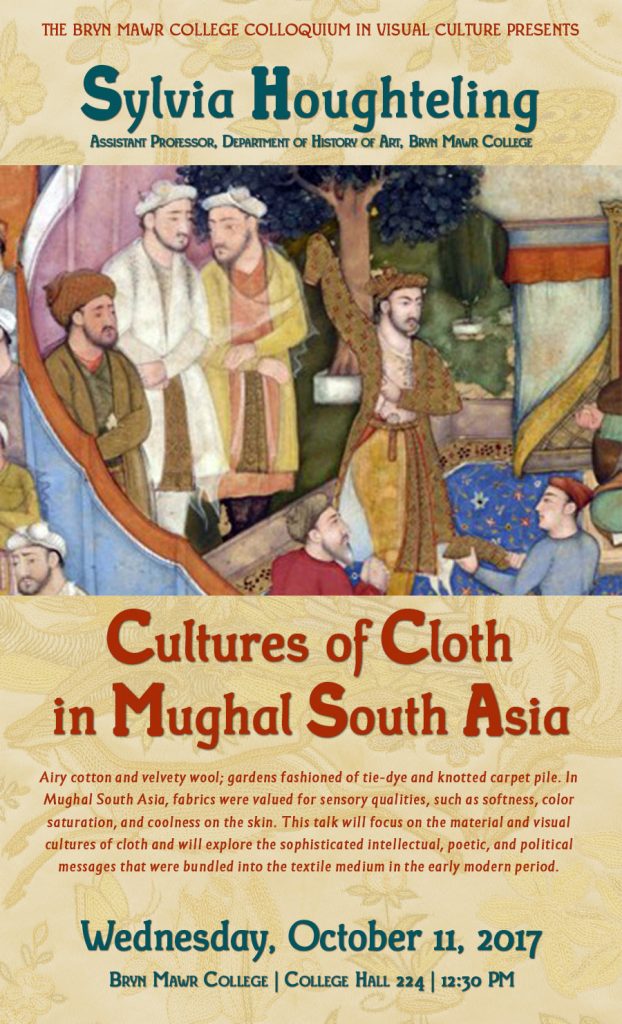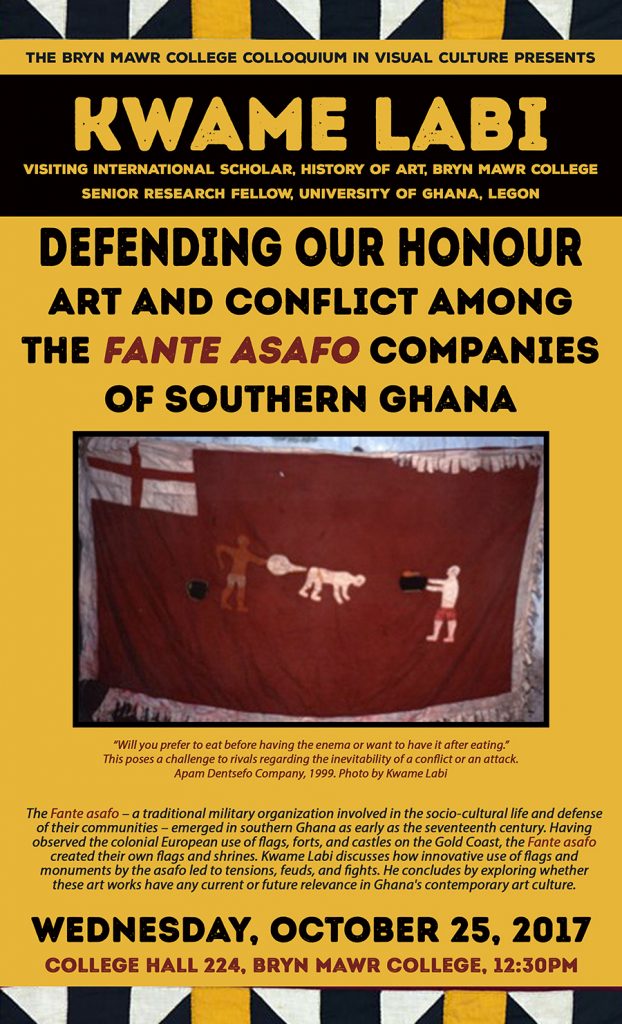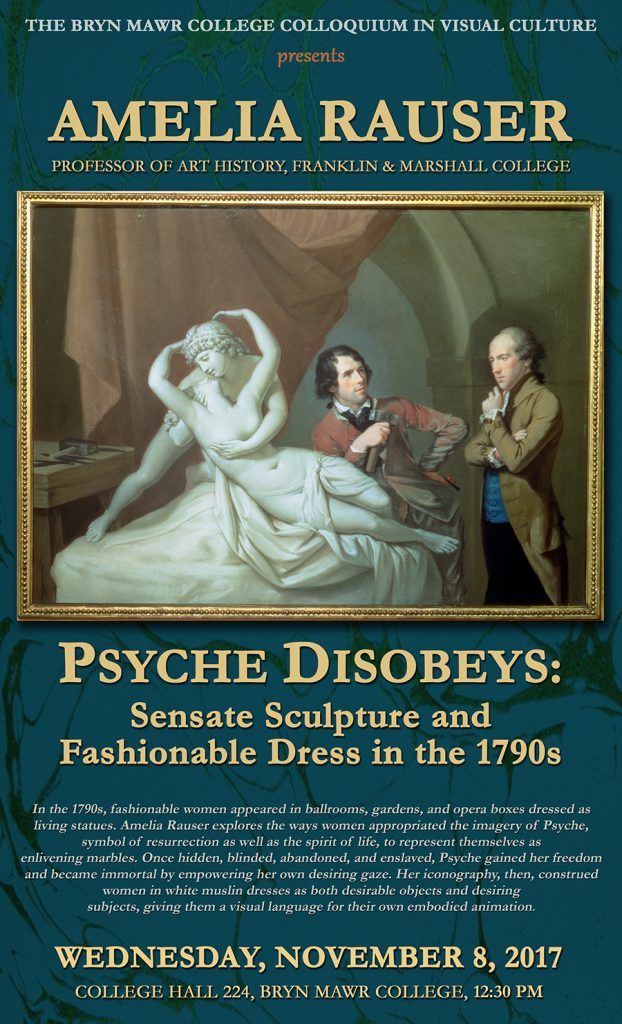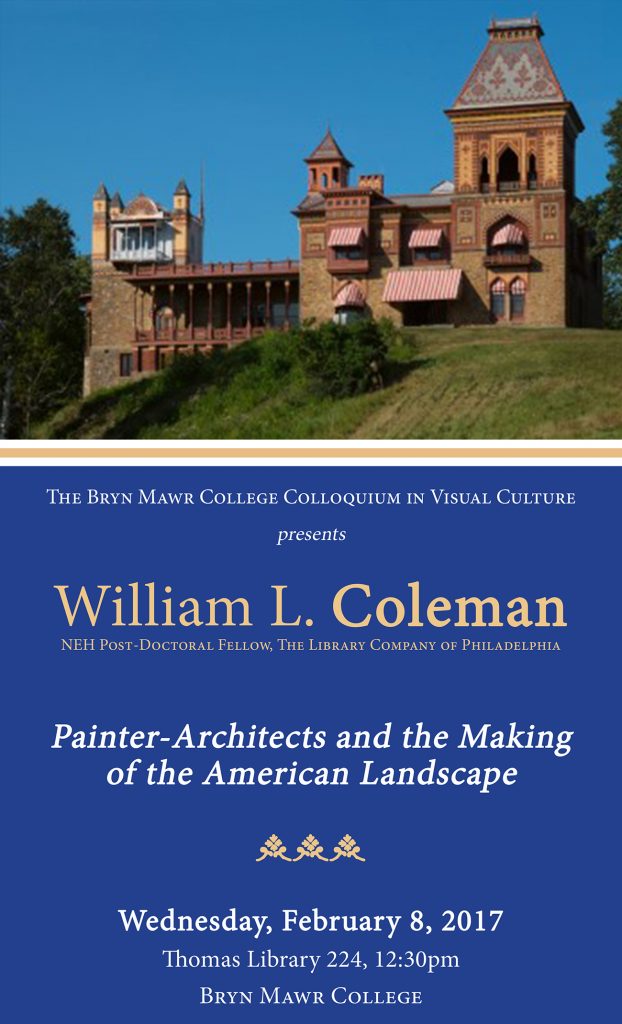Director, Fundació Rafael Masó, Girona (Spain)
Lecturer in Catalan Studies, Stanford University
“A Different Grand Tour: Postcards from a Honeymoon”
In 1912 the Catalan architect Rafael Masó (1880-1935) took a seven-week honeymoon trip to France, Switzerland, Germany, and Italy. Scholars have noted how crucial this trip was as it provided him with first-hand exposure to Secession and Regionalist architecture and design. Throughout the trip he purchased seventy postcards, but so far nobody has paid attention to the visual content of these documents. What did such iconographic choice mean, and what does it tell us? The lecture will focus primarily on Masó’s stay in Germany (including the Darmstadt’s Artist Colony, the Hellerau Garden City, and Munich), and will consider not only the written content but also the visual significance of the postcards he acquired, something not discussed in the existing literature. A closer analysis of the architect’s choice of itinerary, words, and pictures will provide us with a deeper understanding of his particular Grand Tour.

